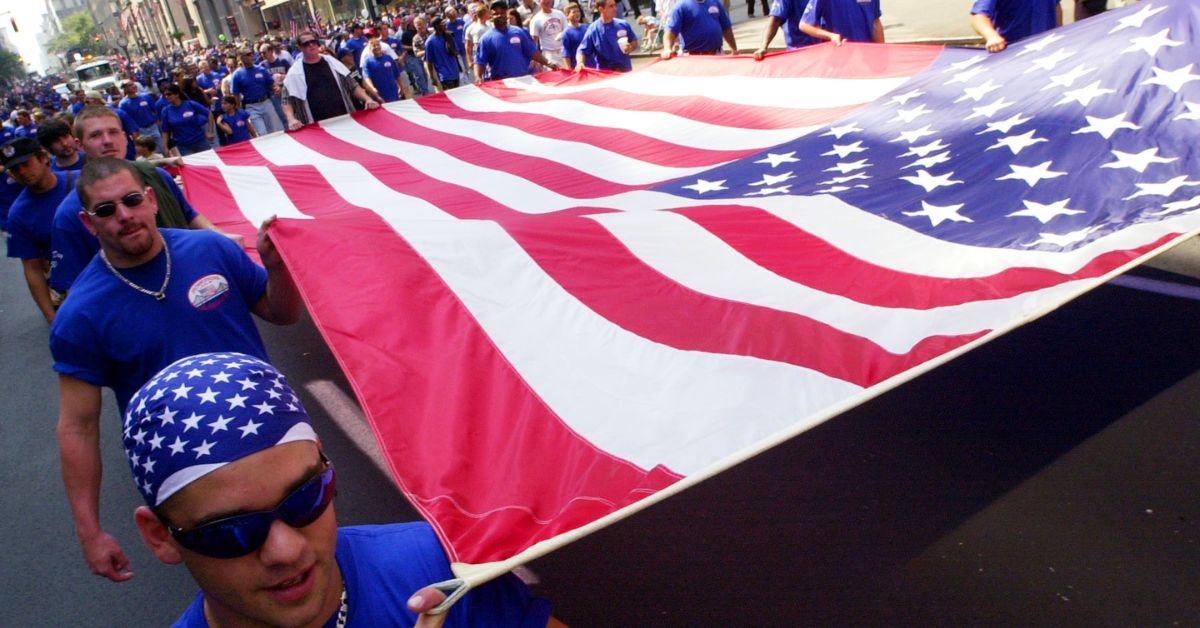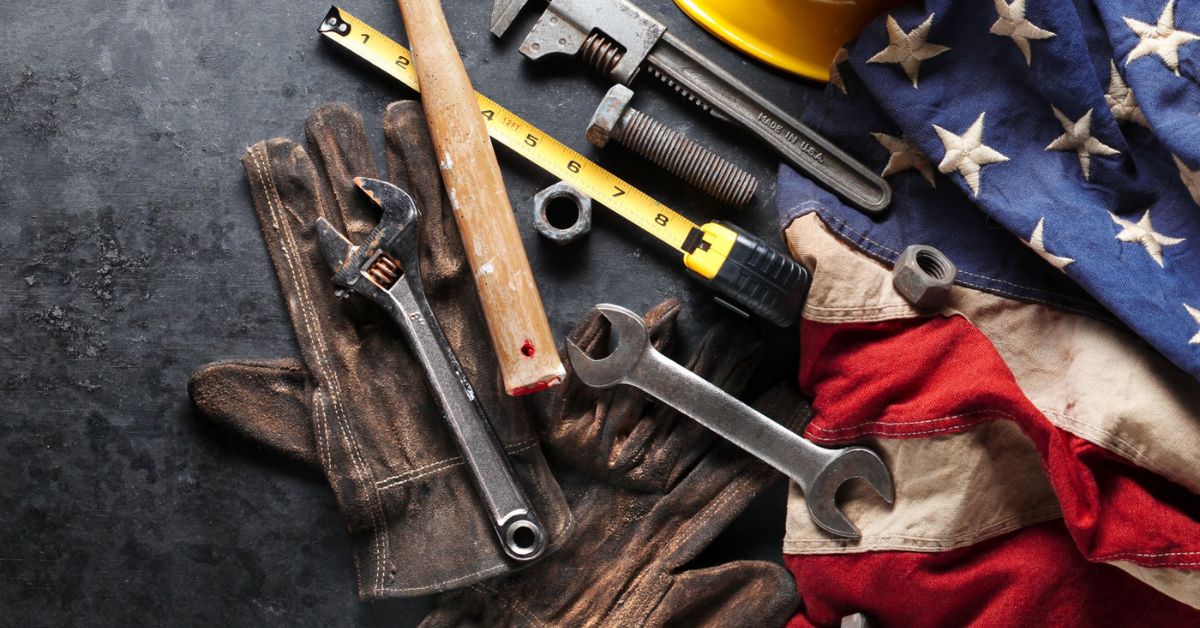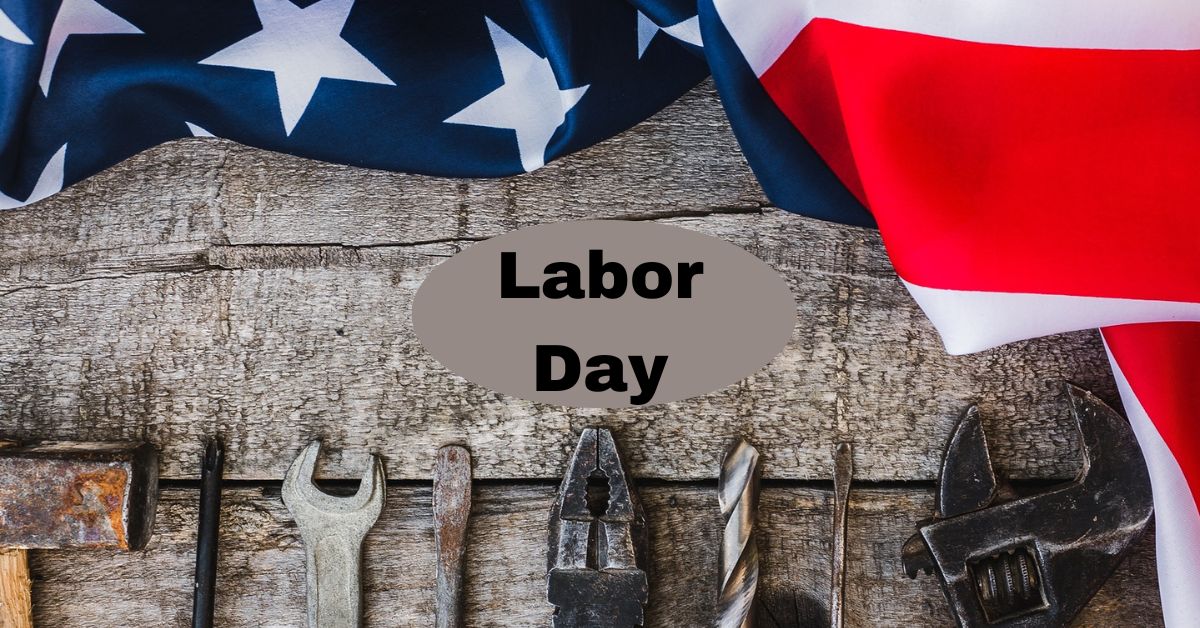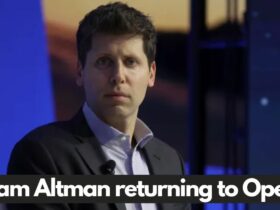The United States of America celebrates Labor Day every year on the first Monday in September as a means to honor the accomplishments made by employees in the country as well as the history of labor in the United States.
The year 1880 saw the beginning of the annual holiday celebrations. They took place in the area where they were organized, and workers and unions were the ones who spearheaded them. These celebrations were not formal and were held during the picnic season at the end of the summer.
This is one of the reasons why we celebrate Labor Day in September instead of earlier in the summer. However, it wasn’t until 1894 that it was officially recognized as a national holiday. The question now is, why do we celebrate it? Professor of Labor and Criminal Law Ahmed White provides solutions to these questions and a number of others in the following.
Why Do We Celebrate Labor Day?
Most of us hold down jobs. It is not necessary to have a holiday for us to be reminded of what work is and the challenges and benefits that come along with it. But during the course of a typical year, we rarely have the chance to pause and consider the following: why we perform our jobs the way that we do; where our current workers’ rights come from; and the price that many people paid in order to secure those rights for us today. Those are all questions that we rarely get the chance to answer. And that is something that is important to keep in mind.
This #LaborDay, we recognize the contributions and achievements of the hardworking women and men of America, including frontline health workers and first responders who work to keep us safe; and colleagues serving our country around the world. Thank you! pic.twitter.com/KB8cc91PRQ
— Department of State (@StateDept) September 6, 2021
How Do American Celebrate Labour Day?
Americans celebrate Labor Day, which falls on the first Monday in September, as a way to honor and recognize the labor movement and the contributions of workers to the country’s development. Here are the typical steps and activities involved in celebrating Labor Day in the United States:
- Take the Day Off: Labor Day is a federal holiday, so most Americans have the day off work and school. It’s a time to relax and enjoy a long weekend.
- Parades: Many towns and cities organize Labor Day parades with marching bands, floats, and community organizations participating. Spectators line the streets to watch.
- Barbecues and Picnics: Families and friends often gather for outdoor barbecues and picnics, enjoying grilled food and outdoor activities.
- Beach and Pool Parties: Labor Day weekend marks the end of summer, making it a popular time for beach trips, pool parties, and outdoor water activities.
- Shopping Sales: Retailers offer special Labor Day sales, making it a great time for shopping for clothing, electronics, and other items at discounted prices.
Why Do Americans Celebrate Labor Day Instead of Workers’ Day?
There’s a complicated history there involving the relationship between Labor Day and May Day. Only the United States and Canada observe Labor Day, which falls on September 1st. This sets them apart from the rest of the globe, when Workers’ Day usually coincides with May Day, which is marked on May 1.
The Haymarket Affair occurred in Chicago in May 1886. This included acrimonious and often violent clashes between protesting workers, who requested reduced working hours, and their employers, as well as the police. These battles resulted in numerous deaths and the execution of some labor leaders accused of being involved in a deadly terrorist attack in Chicago’s Haymarket.
In the years following the Haymarket Affair, labor leaders in the United States called for May Day to be renamed Workers’ Day. That initiative was successful on a global scale, but not in the United States. This is due in part to government authorities in the United States being apprehensive of designating a national holiday to honor the workers murdered in these battles. The holiday was also held in September to coincide with how it was already observed in other parts of the country.

What Was Happening in Late 19th-Century Labor?
One of the most striking aspects was how brutal this time period was. Hundreds of people were killed in clashes between strikers and opposing forces including as employers, police, private security guards, National Guards, and militia organizations.
Because of how severe some of these incidents were, they are still remembered today. Consider not only the Haymarket Affair, but also the 1894 Pullman Strike, which was as violent and occurred shortly before the introduction of the Labor Day holiday.
Colorado, by the way, was no exception. There were extremely violent strikes, particularly in the mining industry. The 1913-14 Front Range coal strike included the Ludlow Massacre in Trinidad, which resulted in roughly 20 deaths, the majority of whom were workers’ family members. Another coal strike killed eight employees from 1927 to 1928, including six who were shot dead by state police at a mine in Boulder County. The event became known as the Columbine Mine Massacre.
Such violence emerged mostly as a result of bosses and their allies’ failure to acknowledge modern-day employees’ rights, such as the capacity to form unions, commence collective bargaining, and engage in protest.

What is the Significance of Remembering The Past?
One reason is that we take much of it for granted, not just in terms of employment and labor rights, but also in terms of our entire legal system and labor and conflict legacies. Labor and the labor movement are crucial to many of our country’s institutional structures, culture, and political legacies. America is a country established by workers for workers. This encompasses everything we see around us as well as things we don’t frequently consider, such as our legal system and our current rights.
What Other Ways May People Celebrate and Remember Labor Day’s True Meaning?
I believe one thing individuals can do is study about the history of labor in this nation. This history is well documented in books, websites, and publications. It’s not only a violent and dramatic past, but one that’s captivating and necessary for understanding this country, where it is now, and where it’s heading.
Here are the sone additional articles below, check it out:
- Premios Juventud 2023: A Celebration of Latin Music And Culture
- Celebrate National Donut Day 2023 With These Delicious Deals For Free Donuts!
- Memorial Day 2023: When And Why Is It Celebrated?




